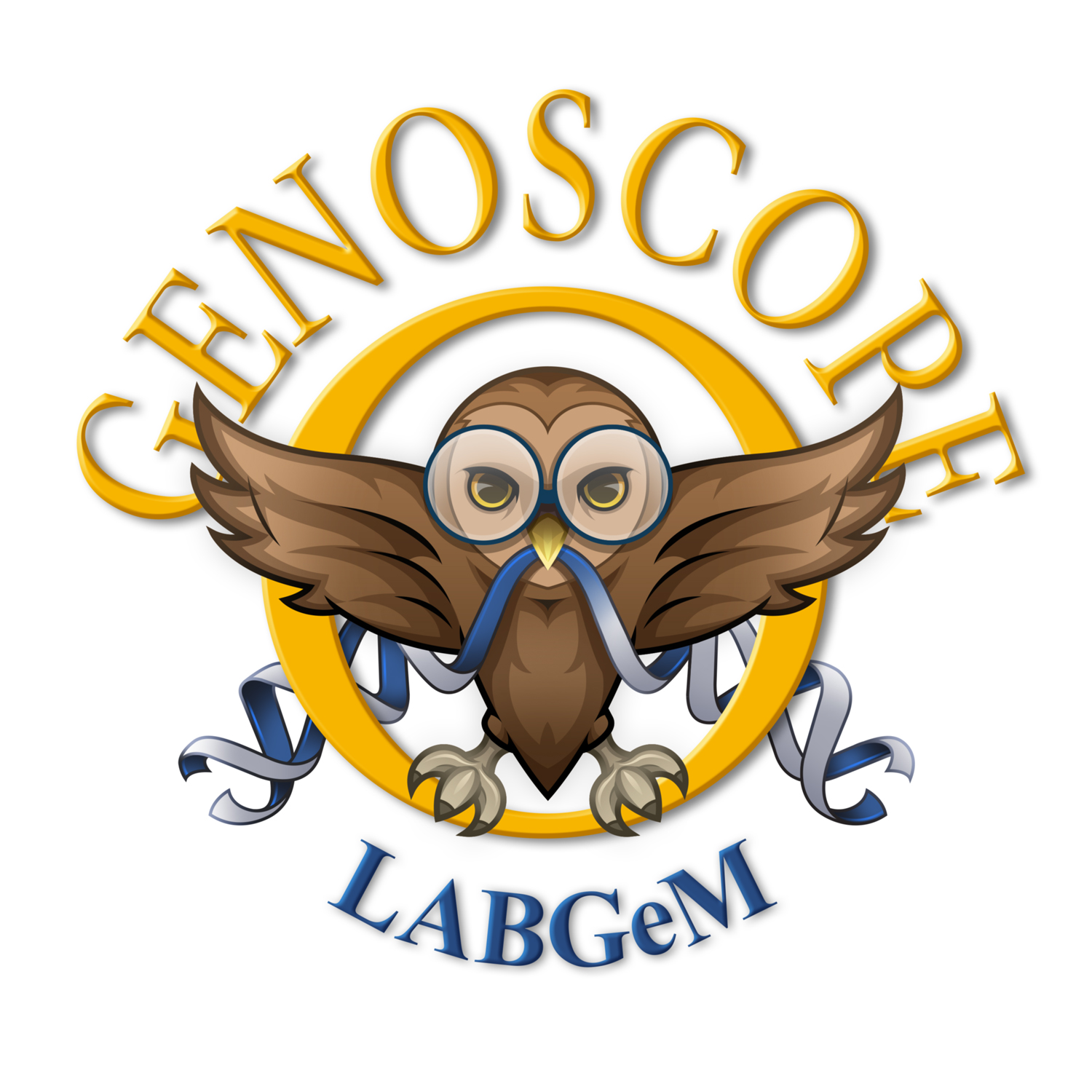CURRENT POSITION & PROJECT Chair of Junior Professor at Évry-Val-d’Essonne – Paris Saclay University
Today, thanks to the development of metagenomics, our knowledge of microbial diversity has greatly changed. Whereas previously cellular organisms were seen more as independent entities, today we know that they organize themselves into complex microbial communities made up of several species of bacteria, archaea and eukaryotes, and their mobilome (viruses , plasmids and other mobile genetic elements). The proposed project will make it possible to understand the determinants of these complex microbial communities (symbioses/holobionts), through approaches for reconstructing metabolic networks at the scale of each organism but also at the community scale, with a focus in a first time to marine ecosystem communities, and to the Archaea.
Symbiomagnet : Deciphering The Biodiversity, Ecology And Evolution Of Magnetotactic Symbiosis
ModelOmics : approaches in environmental genomics for modeling the metabolism of microbial communities and studying its evolution in ecosystems
PanGenoThermo : Pangenomic analysis of metabolic pathways in deep ocean living archaea
PREVIOUS RESEARCH PROJECTS
The guideline of my previous work was to perform pan-phylogenomic studies in archaea and bacteria. I am interested in the genome-wide of a species, of a genus. At these different levels, I worked in parallel on the evolution of the core/permanent genome and on the evolution of elements of the accessory genome (shell and cloud), which also includes mobile genetic elements. I have characterized and analyzed the history of the evolution of various families of MGEs in Bacteria and Archaea. A recurring theme has been to understand the role of MGEs in the evolution of their hosts. I have acquired expertise in microbial phylogenomics by studying both recent evolution, but also by working on deeper evolution within the tree of life.
ERC EVOMOBIL Co-evolution of viruses, plasmids and cells in Archaea: pattern and process:
See HAL or ResearchGate for a complete list of publications.
